Dining out is one of life’s great pleasures—a chance to savor new flavors, indulge in decadent favorites, and escape the routine of cooking at home. Whether it’s a special occasion or a casual weekend treat, the restaurant experience promises not only good food but also ambiance, service, and a touch of indulgence. However, that indulgence sometimes comes at a steep—and often unjustified—price. While we all expect to pay a little extra for convenience and atmosphere, some dishes are marked up far beyond their actual value, leaving diners with buyer’s remorse instead of satisfaction. Even seasoned food lovers can fall into the trap of paying top dollar for a dish that sounds fancy on the menu but underdelivers on the plate.
Chefs and culinary insiders often point to a common pattern: certain ingredients or trendy buzzwords can drive up menu prices without enhancing the actual taste or complexity of a dish. Items like truffle oil, gold leaf, and simple pasta preparations are frequent culprits, often priced more for their perceived luxury than their substance. And while presentation matters, it shouldn’t be the sole justification for a premium price. If you’re looking to make the most of your dining dollars, it pays to know which dishes tend to be more hype than value—and which ones truly deliver.
1. Lobster Mac and Cheese
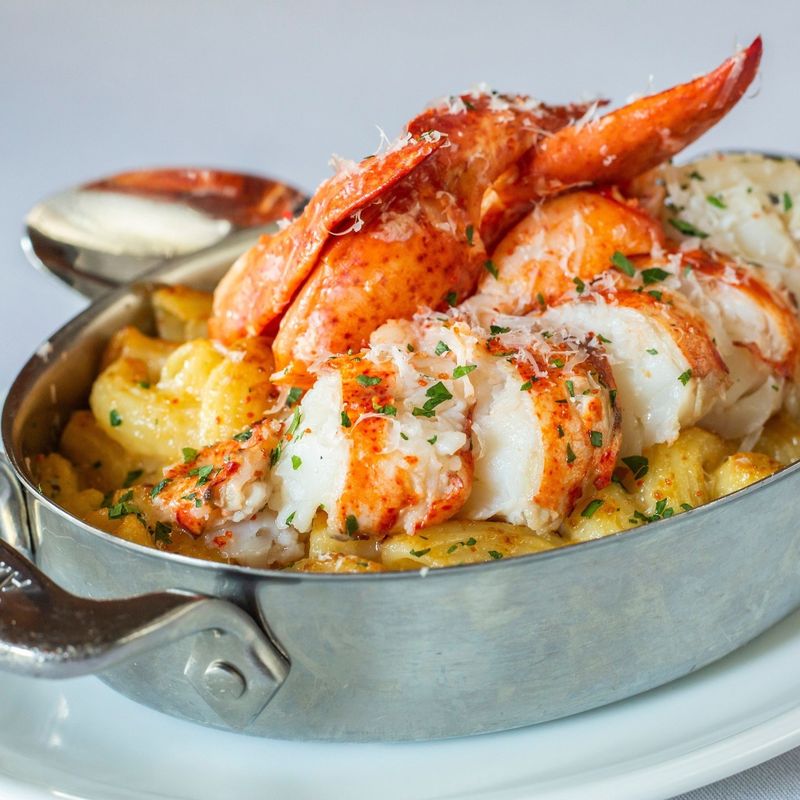
Imagine the allure of a classic comfort dish like mac and cheese, now adorned with the regal touch of lobster. While this may sound divine, its hefty price tag often leaves diners questioning the value. Many establishments charge a premium for this dish due to the inclusion of lobster, but the balance between extravagance and flavor doesn’t always justify the cost.
The luxurious ingredients often mask what is essentially a simple dish. Though indulgent, it’s not uncommon to find the lobster overshadowed by creamy cheese. This dish often serves more as a status symbol than a culinary breakthrough.
2. Wagyu Sliders

Bite-sized, yet undeniably expensive, Wagyu Sliders promise a taste of luxury in every mouthful. The allure of Wagyu beef, known for its marbling and tenderness, is often overshadowed by the slider’s small size and hefty price. Restaurants capitalize on the prestige of Wagyu, but the slider format sometimes fails to highlight its true potential.
Patrons often find themselves paying for the name rather than an extraordinary culinary experience. While the idea of a gourmet burger is enticing, the execution often leaves a desire for a more fulfilling indulgence. The appeal often relies more on curiosity than satisfaction.
3. Gold Leaf Toppings
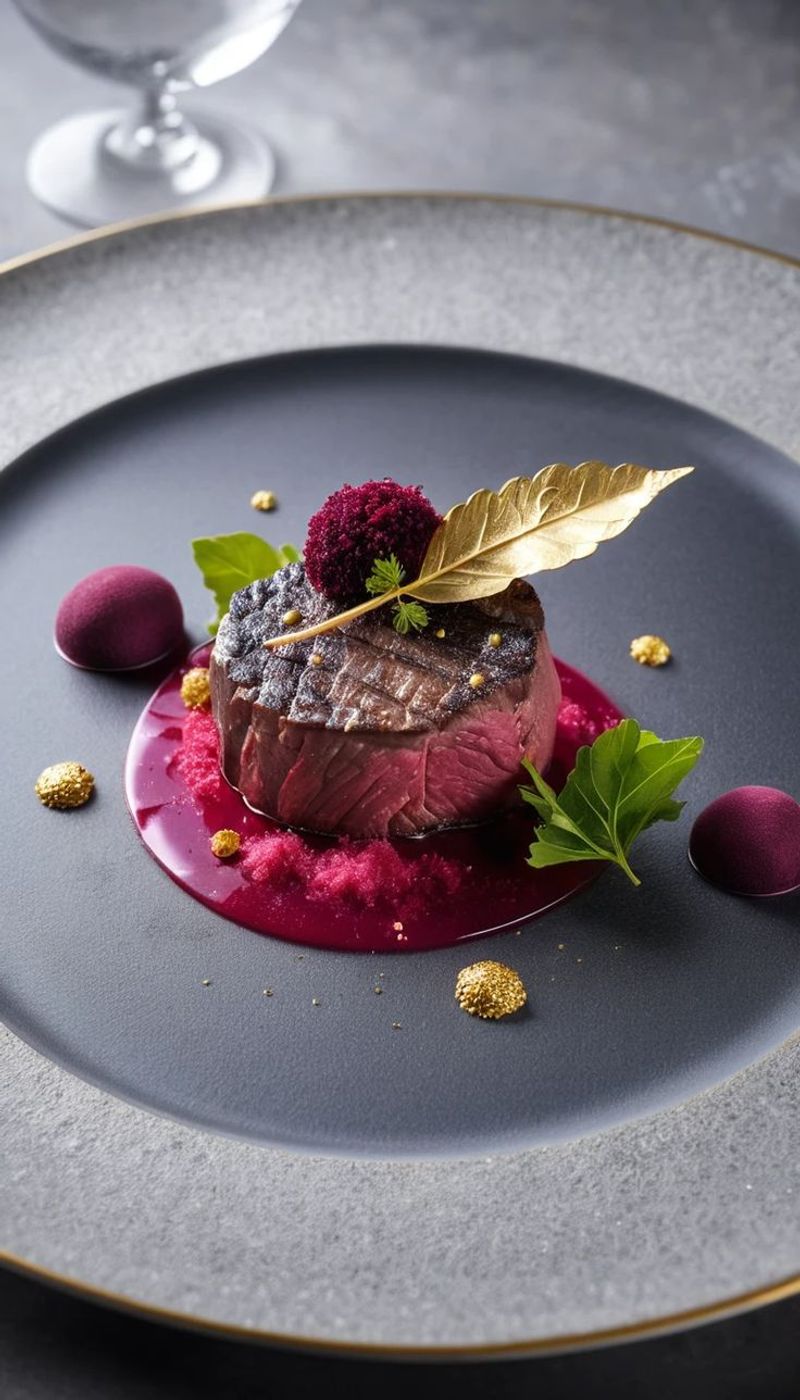
Gold leaf, a symbol of opulence, is more about visual appeal than taste. This lavish embellishment is often found in upscale dining but adds little to the culinary experience beyond its glittering presence. While it’s fascinating to eat something adorned with real gold, the experience is more about novelty than flavor enhancement.
Chefs adorn dishes with gold leaf to impress, yet diners often find the addition purely ornamental. Despite its eye-catching allure, it rarely elevates the dish’s taste or quality. It’s a spectacle for the senses, yet often seen as an unnecessary extravagance.
4. Truffle Fries
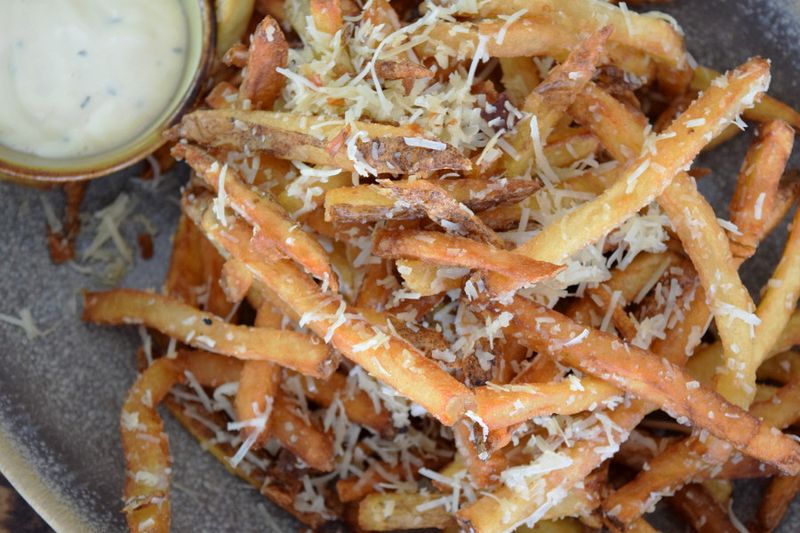
Truffle fries tantalize with the promise of earthy luxury, yet often deliver just a whisper of truffle essence. The allure of truffle oil’s rich aroma can be enticing, but its authenticity is frequently questioned. Many restaurants use synthetic truffle oil, which lacks the depth and richness of real truffles.
While the dish presents as an elevated version of standard fries, the price can be disproportionately high given the ingredients. Despite their popularity, the gourmet label often feels unwarranted. Diners may enjoy the flavor, but the premium cost often overshadows the overall satisfaction.
5. Tableside Guacamole
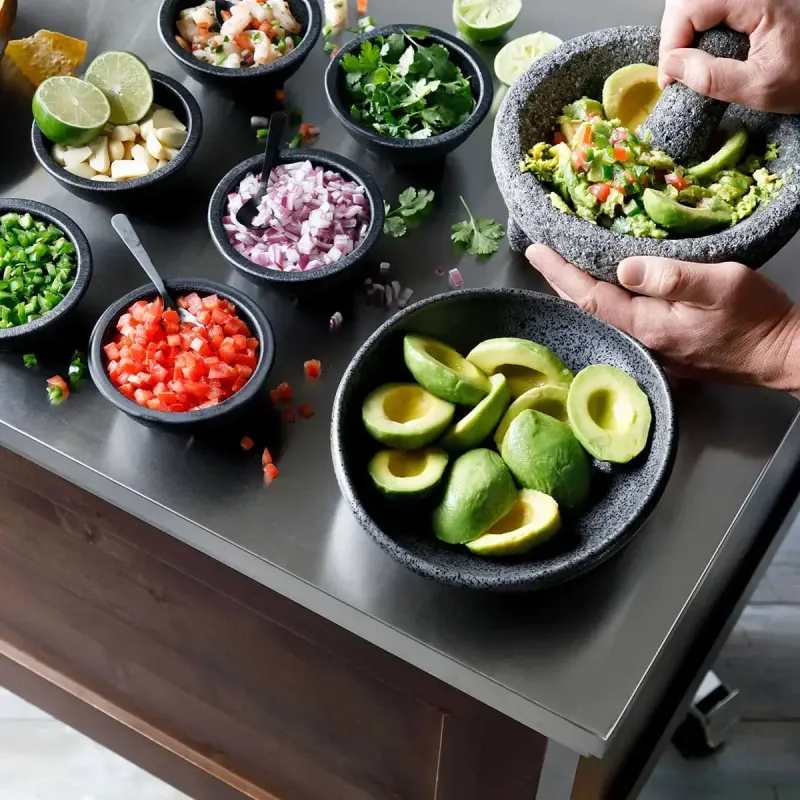
Encountering the spectacle of guacamole prepared tableside can be an intriguing experience. The freshness of ingredients mixed before your eyes promises an unmatched flavor. However, the theatrical presentation often comes with a hefty price tag. While it showcases the quality of the produce, the cost is frequently more about the show than the ingredients.
The concept is widely appreciated, yet the markup can be surprising for what remains a simple dish. Diners appreciate the freshness and customizability, but question if the experience justifies the expense. The charm lies in the preparation rather than the dish itself.
6. Ahi Tuna at Chains
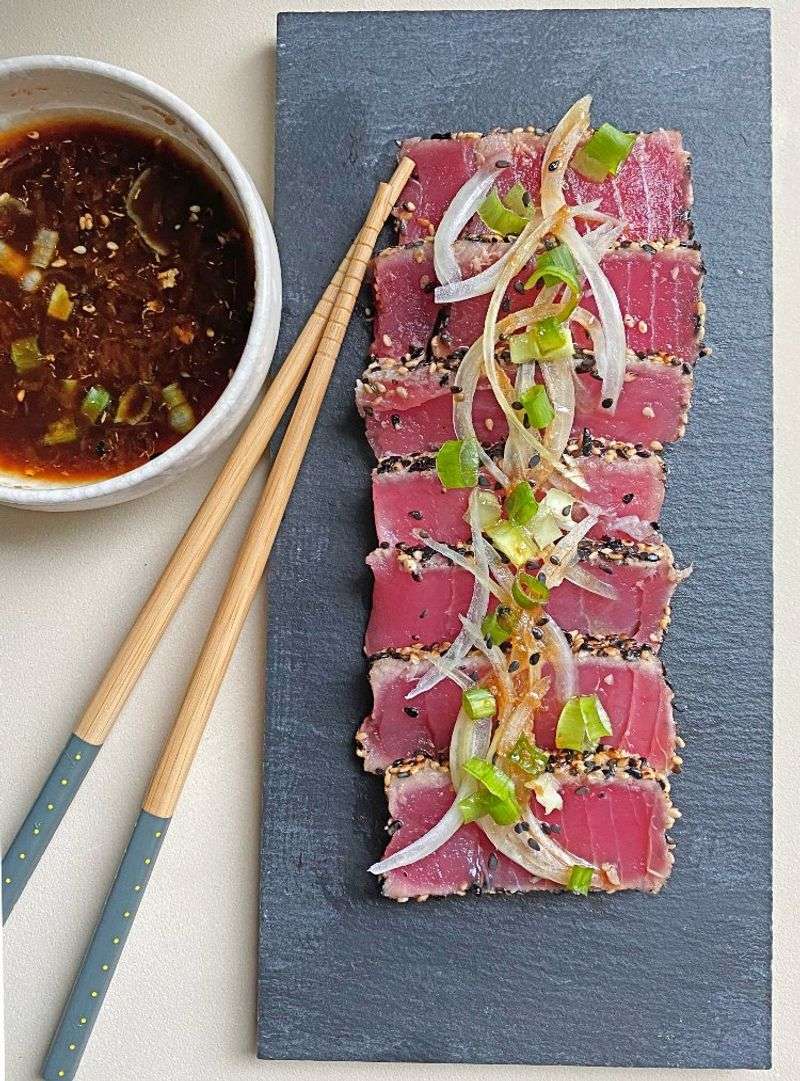
Ahi Tuna, a staple at many restaurants, carries a reputation for elegance, but at chains, it often loses its luster. The allure of succulent tuna can be diluted by inconsistent quality and preparation. Chain restaurants capitalize on its perceived sophistication, charging prices that reflect its exotic nature.
However, the experience can be disappointing when the delicacy is overcooked or lacks freshness. Diners often pay a premium without receiving the refined taste they expect. It’s a classic case where the name on the menu doesn’t always match the execution on the plate. An illusion of elegance often prevails.
7. Caesar Salad
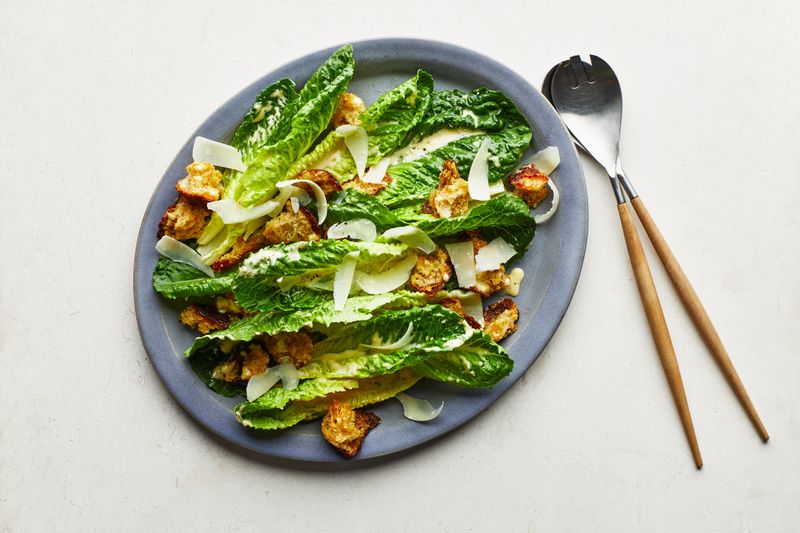
Caesar Salad, a ubiquitous presence on menus, sometimes surprises diners with its unexpected cost. The simplicity of lettuce, croutons, and dressing belies its hefty price, particularly in upscale venues. While the classic combination is beloved, the cost often reflects a premium on presentation rather than ingredients.
The salad’s elegant appearance can disguise its basic nature, leaving diners to ponder the value of a dish that feels more home kitchen than haute cuisine. The essence of Caesar is timeless, yet the price sometimes suggests a gourmet experience that doesn’t quite materialize.
8. $20+ Vegan Burgers
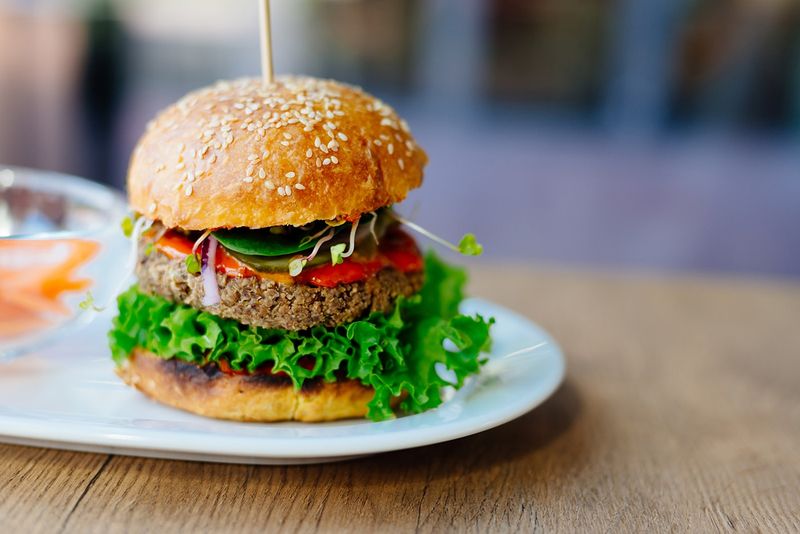
Vegan burgers have made a splash in the culinary scene, offering plant-based alternatives that appeal to many. Yet, the price tag on some can be astonishing, especially when they exceed $20. The cost is often justified by the use of innovative ingredients and preparation techniques, yet some diners question whether the price matches the experience.
While health-conscious and environmentally friendly, the price can seem inflated compared to traditional options. Diners may relish the creativity, but find themselves pondering the value. The plant-based revolution is exciting, yet a costly burger may not always satisfy.
9. Artisan Ice Cubes in Cocktails
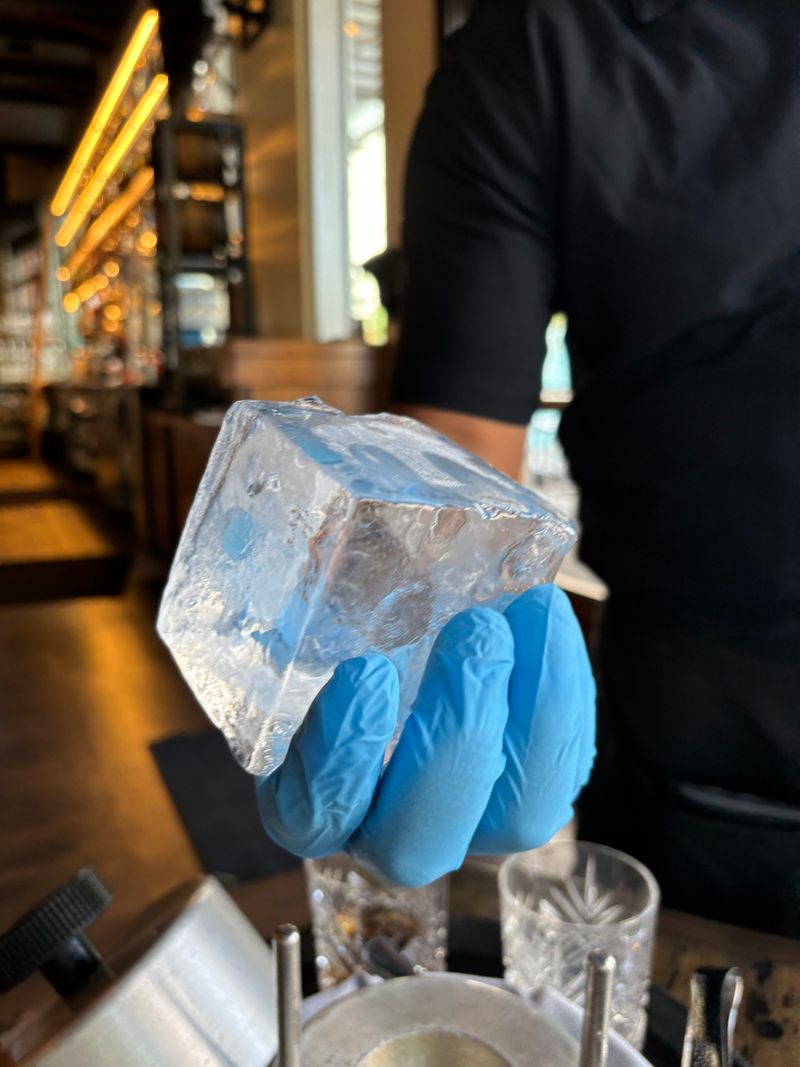
Artisan ice cubes, crafted for clarity and aesthetic appeal, elevate the cocktail experience, yet come with a premium. These meticulously designed cubes promise to chill without diluting, offering a visual treat. However, the novelty can wear thin when the bill arrives. While they enhance the drink’s presentation, the cost may feel unjustified for what appears a subtle detail.
The fascination with perfectly clear cubes is undeniable, yet the added expense often prompts reconsideration. Enthusiasts appreciate the artistry, yet debate its worth. It’s a conversation piece, yet questions linger about its true value beyond aesthetics.
10. Kobe Beef Sliders
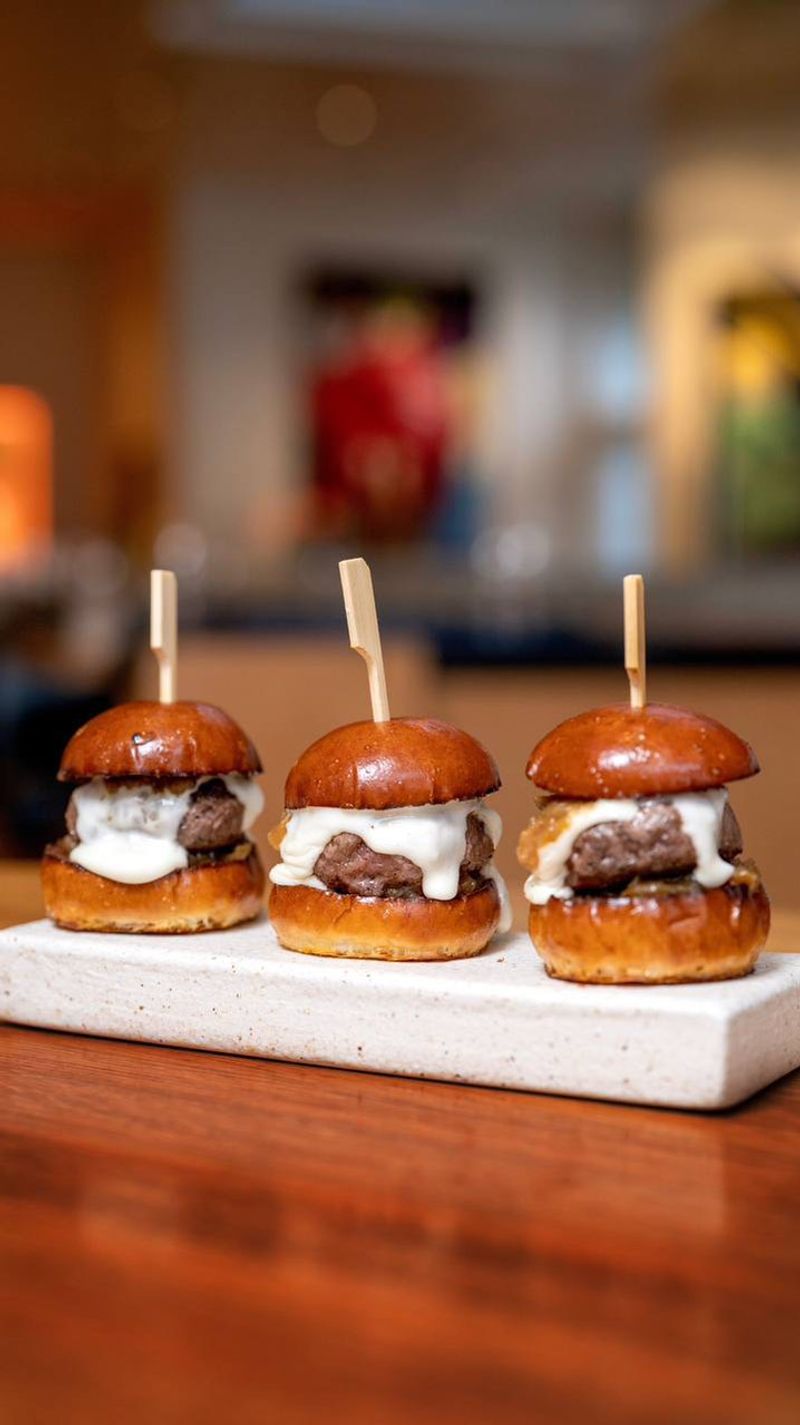
Kobe Beef Sliders promise a taste of Japan’s prized beef, yet often fall short of expectations when served in miniature form. The price reflects the prestige of Kobe beef, famed for its tenderness and marbling. Yet, the slider format may not do justice to the luxurious ingredient, leaving diners wondering if they’re paying for a name rather than a unique experience.
While the allure of such refined meat is tempting, the execution often lacks the depth one might expect. It’s a culinary paradox where the claim of luxury meets the reality of simplicity. The premium remains debatable.
11. Overhyped Tasting Menus
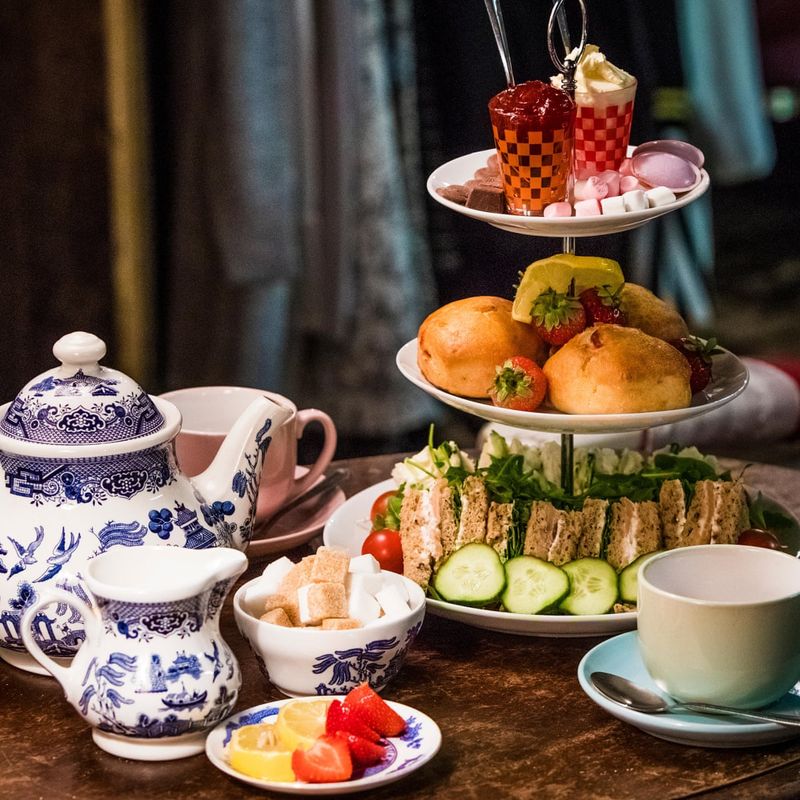
Tasting menus promise a culinary journey through a chef’s creativity, but some leave diners underwhelmed by the hype. The allure lies in exploring diverse flavors, yet the price often reflects more sizzle than substance. While the experience can be memorable, the cost may not correspond to the satisfaction.
Diners seek innovation, but sometimes encounter dishes that prioritize appearance over taste. The journey is compelling, yet the value remains elusive when the narrative doesn’t match the palate. While some tasting menus dazzle, others reveal the thin line between storytelling and culinary reality. Expectation and reality often diverge.
12. Market Price Seafood
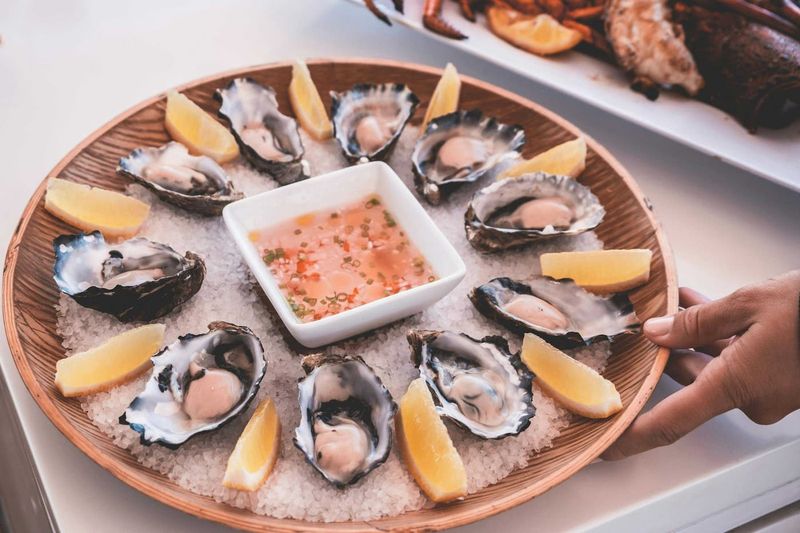
Market price seafood can be a gamble, with prices fluctuating based on availability and demand. While the freshness and quality are often guaranteed, the unpredictability can deter diners. The allure of premium seafood is undeniable, yet the variable cost often surprises guests. Diners are drawn to the promise of exquisite taste, but the uncertainty of market price can overshadow the enjoyment.
While a seafood feast is a delight, uncertainty in pricing often leaves patrons pondering the true cost of indulgence. It’s a balance between desired freshness and fiscal caution, where taste meets economic reality.
13. Avocado Toast
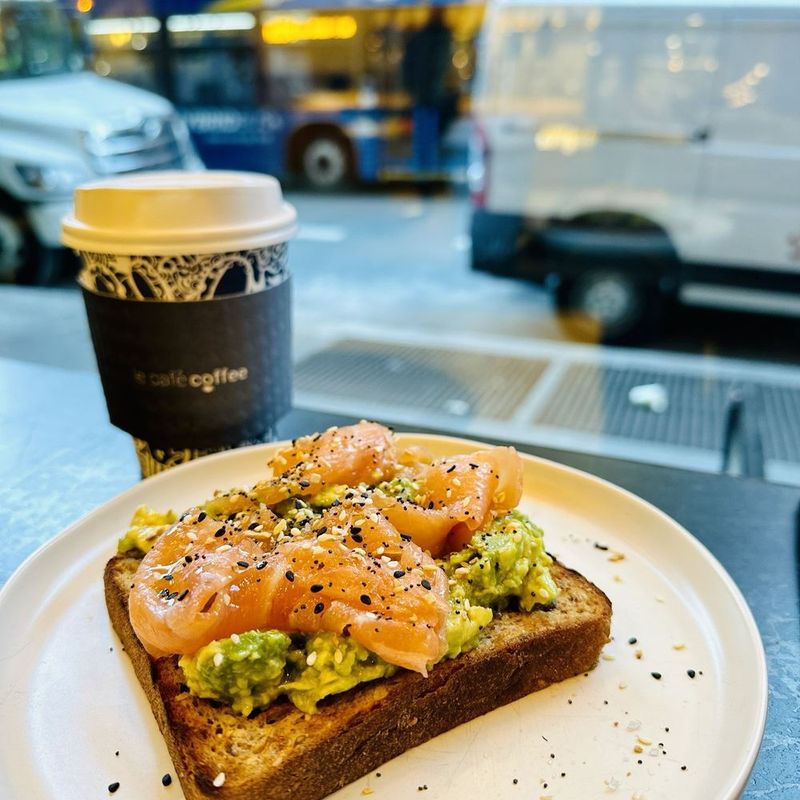
Avocado toast, a symbol of modern brunch culture, carries a price tag that surprises many. While the simplicity of avocado on toast is appealing, the cost often seems inflated for such basic ingredients. Its popularity has turned a humble dish into a trendy indulgence, priced according to its Instagrammable allure rather than culinary complexity.
Diners enjoy the freshness and health benefits, yet the expense can feel unjustified. It’s a beloved ritual, yet often leaves questions about its worth. The appeal lies in its visual charm, where presentation often outshines the simplicity of its components.
Leave a comment